
How to Find a Bird by Description. Birds come in a huge variety of shapes and sizes. With the thousands of species that exist in the world today, a thorough and succinct description of the physical characteristics of the bird is very helpful in its identification. Birds can be categorized a variety of different ways including color, habitat, markings, size, behavior, feathers, beak and wings. Once you have spotted a bird, make a note of any identifying physical traits you can see. In addition, try to remember the kind of sound that the bird makes. From there, you can use one of many helpful field guides or other resources to identify its name.
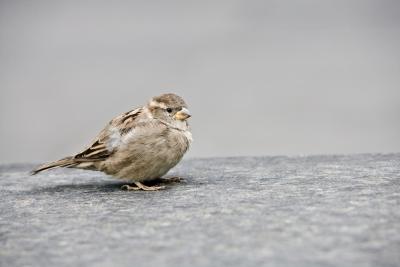
As you are bird-watching, keep a notepad handy so you can make notes of the physical and ecological traits of the bird. Note its natural habitat, distinct colorings, shape, size, plumage and sounds it makes. If you happen to witness the bird hunting or gathering food, make a note of its eating patterns as well. The more detail you can record about the bird, the easier it will be to uncover it in a guidebook or other resource.
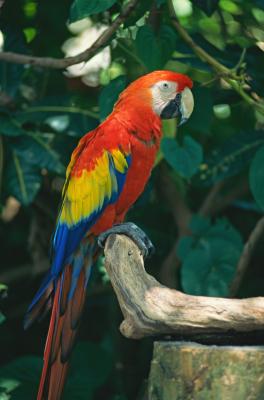
Using the information you have gathered, refer to one of several authoritative guides on bird species. The National Audubon Society publishes "The Sibley Guide to Birds." This guide covers 810 bird species indigenous to North America. Each entry provides details as to the bird's natural habitat, markings, flight patterns and almost every other detail a bird-watcher will need. Many bird guides are divided into groups of birds that share common characteristics, relationships and habitats. They often provide silouhettes or other images of bird types. Use the description of the bird you want to identify to match it to birds that have common traits, and then try to narrow down your search until you find an image or description that matches your mystery bird.
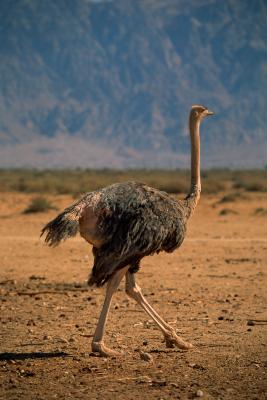
IA local conservancy is another resource for you to use to uncover the identity of the bird you are looking for. Bird conservancies are situated all over the nation. Conservancies are staffed with knowledgeable bird experts with a passion for protecting birds and conserving their natural beauty. Consult a bird expert at a local conservancy for more information, providing him with your detailed description. If the bird is local to your area, the conservancy staff more than likely will be familiar with it.
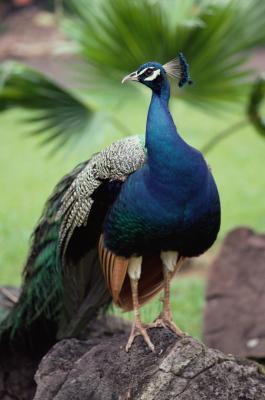
Many Internet sites provide guidance as to bird species and characteristics. Try your state's wildlife website for additional resources about species native to your state. An Internet search of some of the bird's distinctive characteristics can help as well. Birding.com provides very extensive and thorough resources for bird identification.
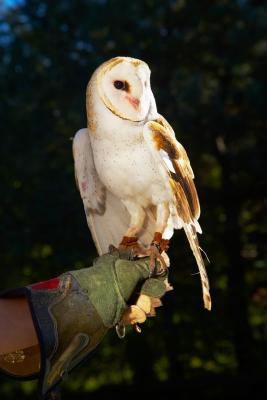
Local bird shops can be very helpful as well. Shops that specialize in bird feeders and other bird-related products have a staff knowledgeable in bird species and characteristics. In addition, most bird shops have an entire section devoted to books and periodicals that detail various bird traits.
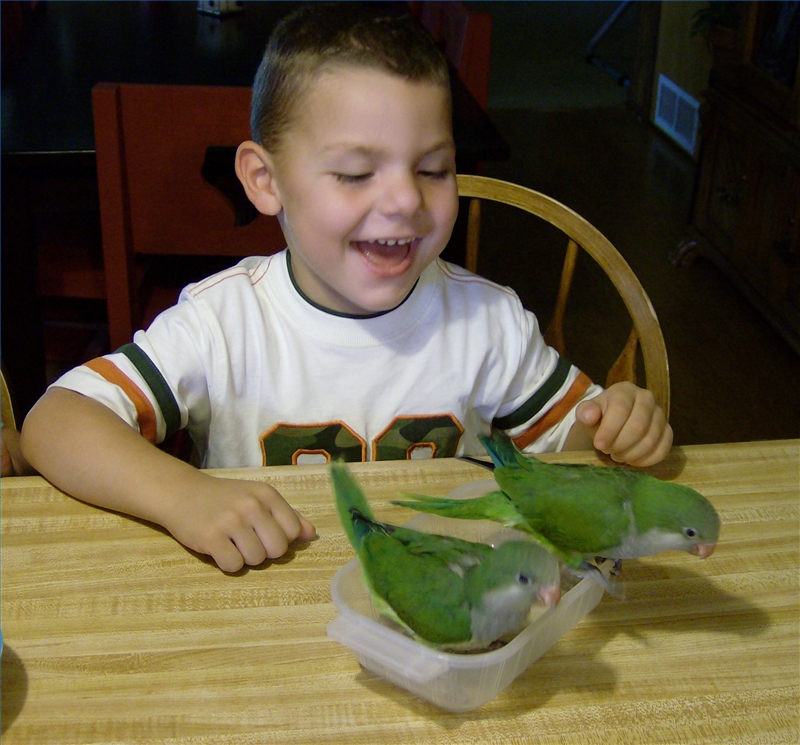 How to Handfeed a Baby Bird
How to Handfeed a Baby Bird
How to Han
How to Handfeed a Baby Bird
How to Handfeed a Baby Bird
How to Han
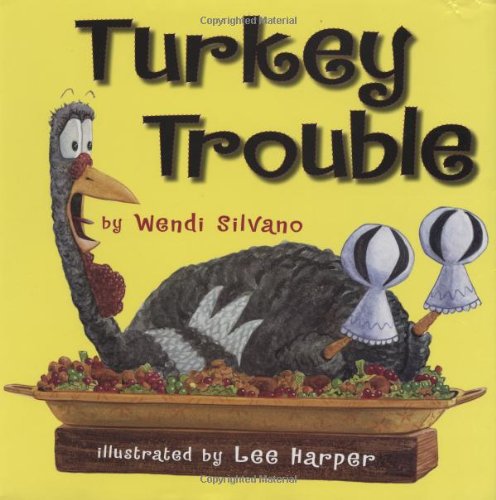 Thanksgiving Day Bird, the Mexico
¡Gobble!Sometimes, his
Thanksgiving Day Bird, the Mexico
¡Gobble!Sometimes, his
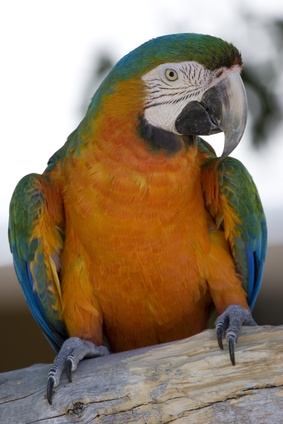 Bird Leg Band Identification
Bird Leg Band Identification
Bird Leg
Bird Leg Band Identification
Bird Leg Band Identification
Bird Leg
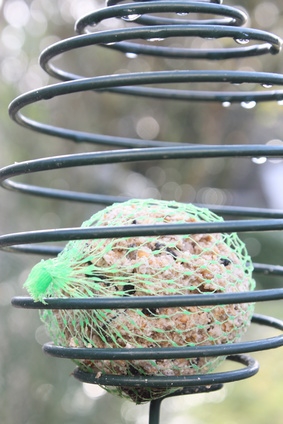 How to Make Homemade Bird Food Suet
How to Make Homemade Bird Food Suet
Ho
How to Make Homemade Bird Food Suet
How to Make Homemade Bird Food Suet
Ho
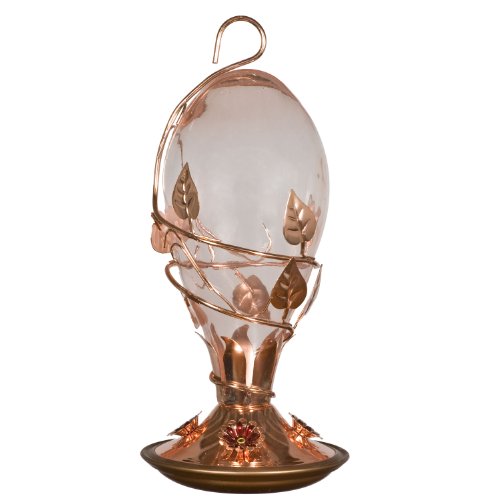 Hummingbirds and Flowers
Using a homemade hummingbird
Hummingbirds and Flowers
Using a homemade hummingbird
Copyright © 2005-2016 Pet Information All Rights Reserved
Contact us: www162date@outlook.com